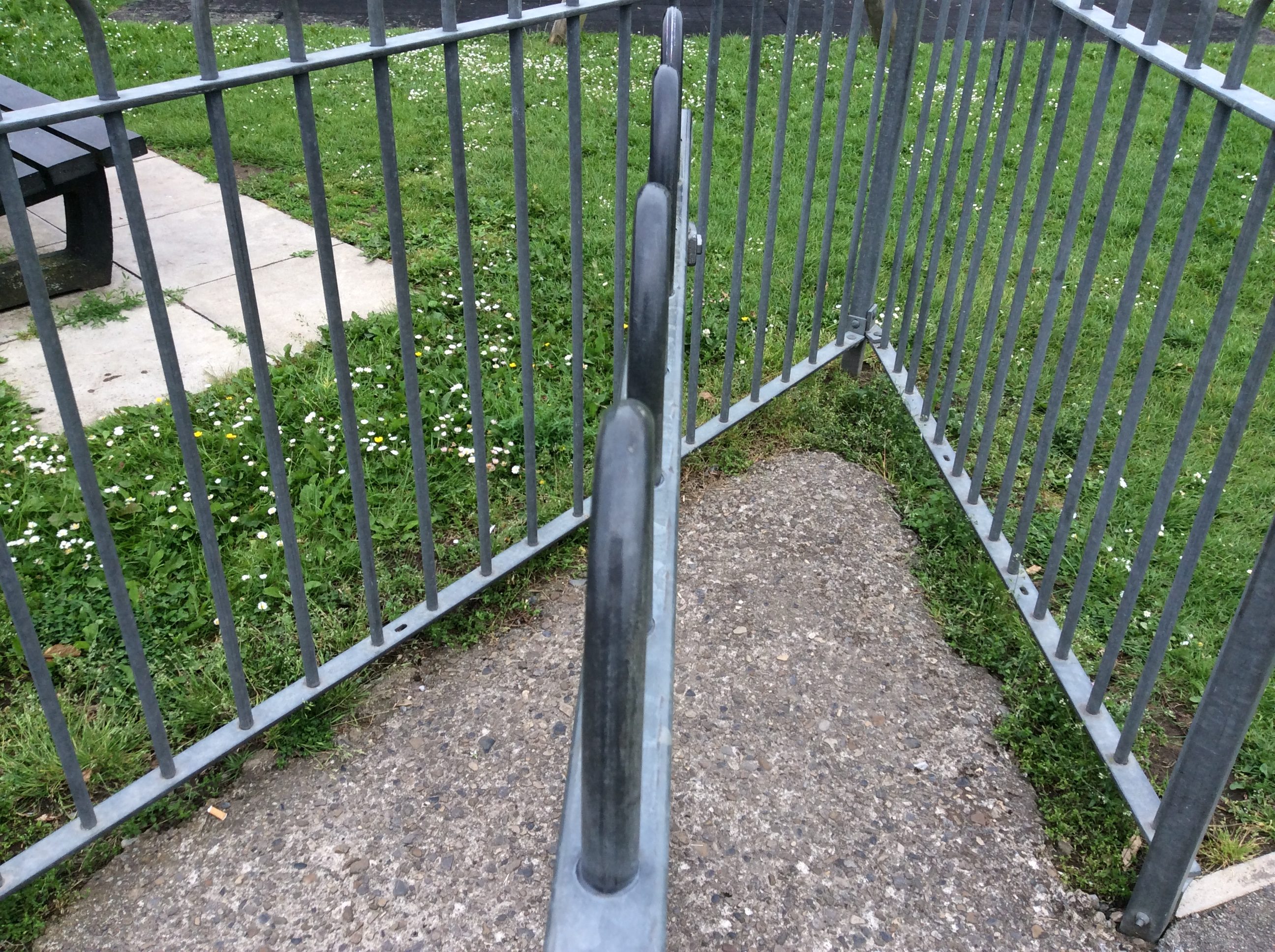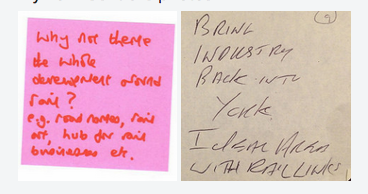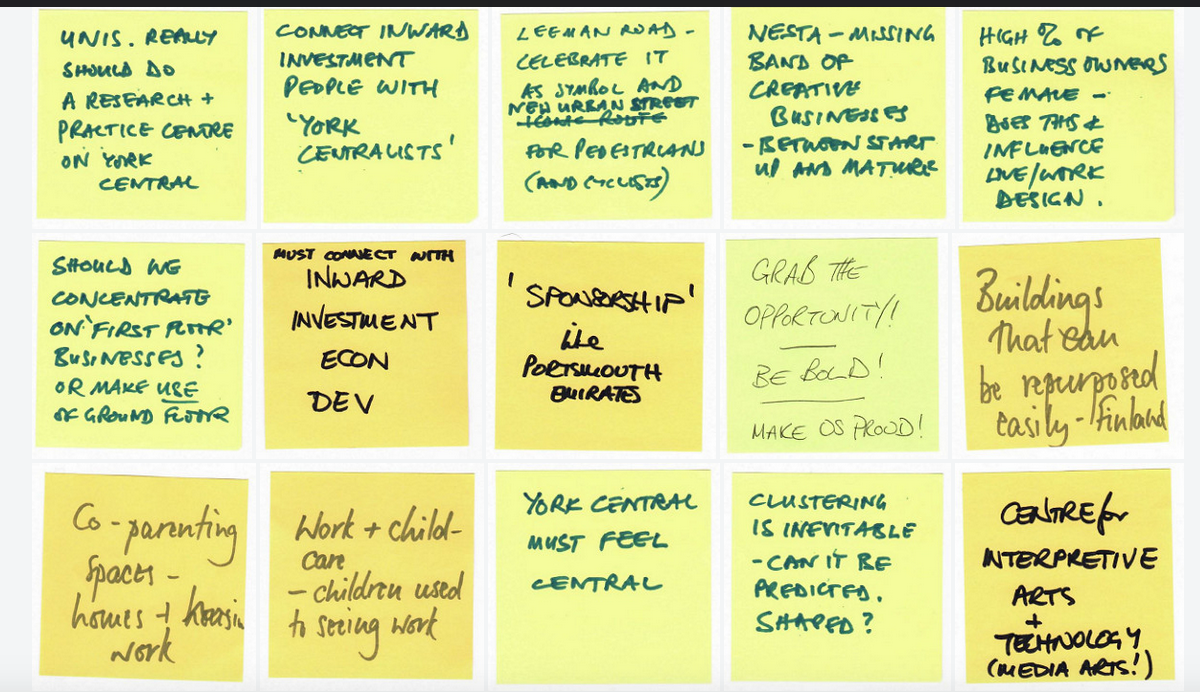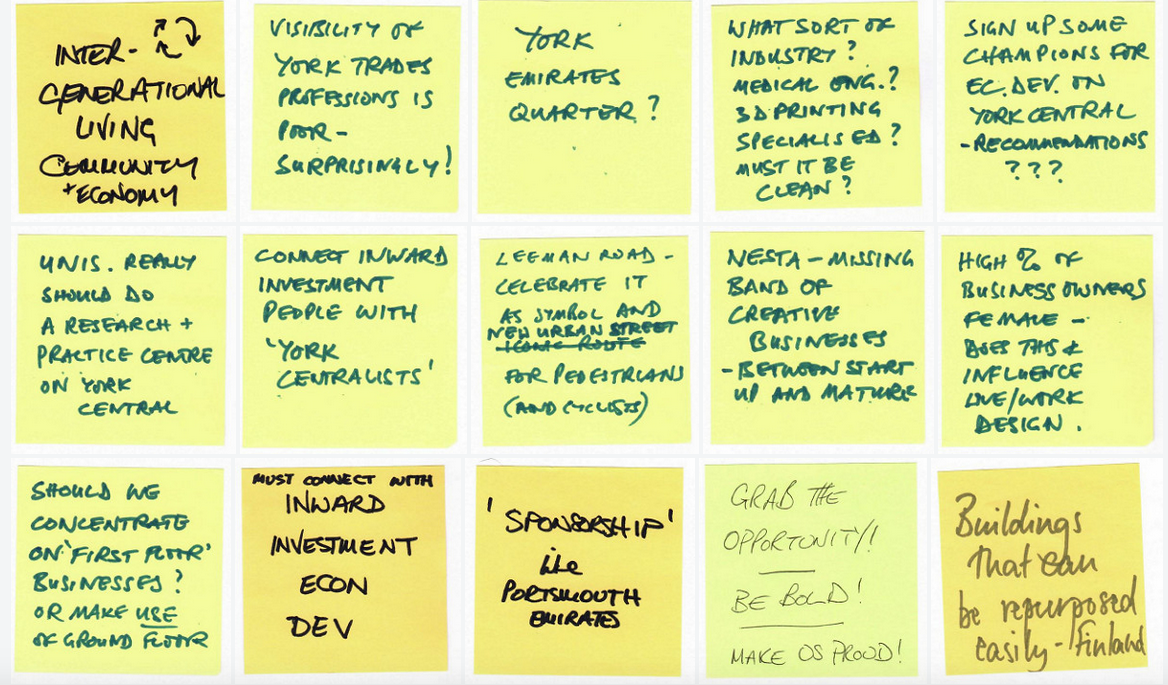Joanne Chapman lives in York, and blogs about her experiences of being a parent and having Multiple Sclerosis. In this blog, Joanne explores what possibilities York Central might offer disabled people. This is part of a strand of My York Central work looking at how York Central can be an inclusive and accessible place where disabled people can live, work and play.
What would your home be like? How would the designs enable you to live?
My condition makes the way I live more planned. I just want my home to be easy. My main symptoms of reduced mobility, fatigue and bladder weakness have to be accommodated in the house adaptations.
For my mobility, I need to ensure that access to the front and back of the property e.g. getting in and out, access the garden as well as moving around my home is easy. In terms of what I’d be doing, I would like every room to work for me, so the adaptations and design has to assist my condition by making my home more accessible. My aids need to be discreet, so my home doesn’t look like a special home that is “aid central”. I recently went to NAIDEX, a disability conference with one of the aims to help understand how home design can assist me.

I don’t wish to think how to make my home accessible for a wheelchair but it’s a necessity. With an ageing population and individuals wanting to remain in their homes for longer and not strain services by moving out, new homes need to address accessibility, so doorways have to be wide enough for a wheelchair to easily pass, items placed at appropriate levels from a wheelchair like light switches and plugs, using technology for smart accessibility like blinds and smart door locks so accessing via a chair isn’t an issue, accessibility into and outside the home, to include your garden. Mood is also important especially as MSers have a high likelihood of depression in their lifetime. Different light levels can aid mood. This can be used effectively in different areas of the home.
I recently had a company in to provide understanding of the decisions involved before purchasing a stair lift. I spoke about the marketing material the company used which featured elderly people. I told him that I appreciate that the elderly are the target market but everything was marketed towards the elderly (photographs, language used). The biggest learning is not to assume. Not all disability is visible. If I was a designer, I would be getting a range of opinions from individuals who have a wide range of disability.
What would public spaces and social spaces be like? What would they enable you to do there?

Public spaces like my home need to be easy. So a lot of what I’ve written for my home can be applied to public spaces. I’m disabled not because of my condition but because public spaces make me feel disabled as there are usually unfriendly. For example, I visit a local park. The entrance is blocked by a gate. I park my scooter near the gate and use my walking stick to walk in and access the park. I understand the gate prevents bikes entering the park they also restrict wheelchair, scooter and pushchair access therefore preventing many individuals from using. When my mobility gets more challenged I will be unable to visit. I choose not to use this park for its lack of accessibility and ironically it is the closest to my home. For every public place I visit, I think about my condition and how my symptoms of reduced mobility, fatigue and bladder weakness affects visiting them. Before MS, I just went out. How this affects me in York, is proper planning for best parking, places that are accessible (my husband gets me into shops, by supporting me as some York shops have steps. As an old city obviously York wasn’t designed for accessibility). I also think of somewhere to rest and use the toilet. To be honest, I now need to think like this. I also look at how accessible a place is for children too as I’m a mum. Public places often don’t have a resting spot. For example, I visited the York Balloon Festival last year. A blue badge gives you closer parking but not closer toilets and no resting place. If public places addressed this, it would be a god send (like a resting place specifically for disabled guests and families, accessed via a blue badge).
Public spaces also includes transport links. At the moment, you usually ring ahead to plan a ramp etc. You’d prefer to just turn up. The partnership with Network Rail presents many opportunities to ensure all aspects of the rail journey is accessible: from using the toilet beforehand (I highly recommend Changing Places toliets) to boarding the train.
Being a true Northern powerhouse, we have to ensure all our spaces are accessible, for all children and adults. For those who are disabled or those supporting disabled individuals like a child or if you are a carer. We need to change the current attitude.
Social places need to reflect this too. I phone ahead to reserve tables at bars and restaurants. I inform taxi drivers of my condition. Again, like an able person you wish to act spontaneously but can’t.
In York Central, I’d like all places would to be easy and spontaneous.
Where would you blog from? Are there co-working, live-work arrangements / facilities /networking opportunities that would enable you to write?
Unfortunately as public places aren’t accessible, I would write from home. They are currently no facilities/networking opportunities established for accessibility. If this was different I would have a different answer.
How would you get around? What transport options would there be? What would enable your mobility?
Getting a scooter then a wheelchair on public transport is simply a nightmare. I would struggle independently. I need charge for the scooter. There is no designated area for disabled people to rest or visit the toilet. The main toilets in the city centre have been removed. I avoid visiting the city unless it’s vital. York is bike friendly. I would love to see the city as a beacon place for accessibility. Sadly no place is easily accessible, but maybe York will lead the way?
To read more or follow Joanne on social media see:
Facebook: poorly parents
Twitter: mummywithmsjmhc



